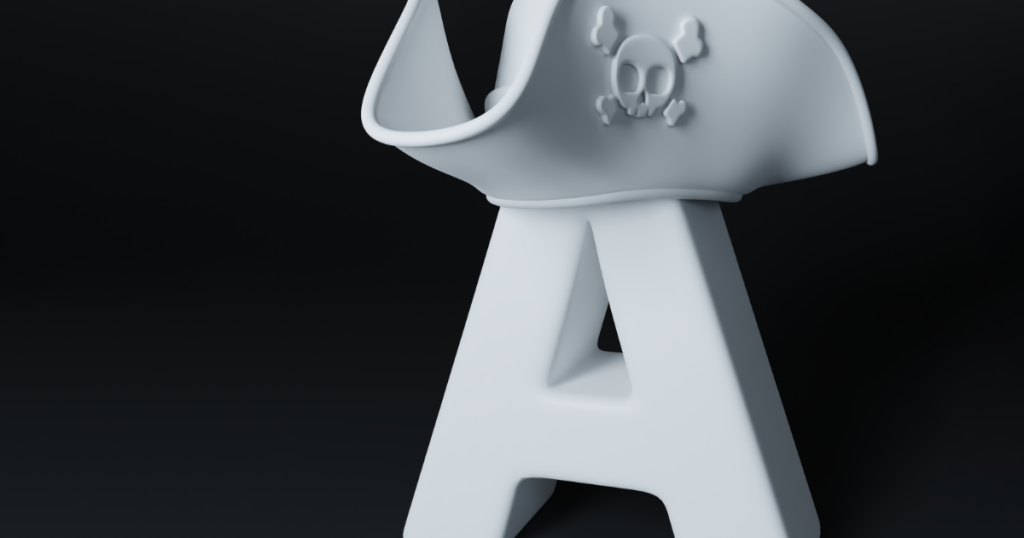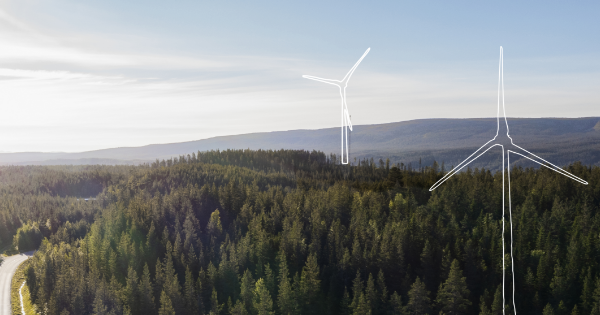3 steps to take your users from WOW to activation
This is the third article of our growth marketing series based on the popular AAARRR or pirate funnel. This framework will help you better understand user behaviour, from the very first stage of the buying journey (awareness) and data gathering and testing (acquisition) to spurring a user into action (activation), choosing retention strategies and the right revenue model and, finally, how to drive referrals.
In this piece we look at ways to come up with those WOW moments that spur in a user into action, and 3 important steps to fine-tune your activation strategy.

Spurring a user into action – activation – is an important part of the marketing funnel. It’s the third step of the AAARRR funnel created by Dave McClure, which helps marketers better understand user behaviour. How do you convince a visitor to your website that you are indeed the right choice for them? How do you give them an exceptional user experience and help them understand the value of your offer? We have the answers to turn interest into action!
When exactly is a user ‘activated’?
There can be different levels of activation within the same user journey. We often talk of soft and hard activations. In e-commerce, a soft activation would be when a user has added an item to their cart or wish list, and a hard activation would be actually buying a product.
Tracking a user’s activation level will help you understand them much better – for example by using a behaviour recording tool like Hotjar. By studying behaviour patterns – done by marketing automation experts – you can get closer to that ‘wow’ moment when the penny drops for your buyer, and they are filled with desire to become engaged again.
We call this the WOW moment
You know that split-second when you go from a ‘hmm… maybe’ to a ‘heck yes, I need this/sign me up!’? It’s called the WOW moment: the exact point in which a user understands the value of your offer/product. It’s when they fully realise not only how it works, but how it will add value to their lives. You want users to experience the WOW moment as quickly as possible, and to do this you need to provide them with an exceptional experience.
How to find your WOW moment
Good marketers know that you don’t just magically come up with the WOW moment – it requires you to dig a little deeper. Here are three steps to get you closer to the magic.
Step 1: Do your research
Data is your friend. Having a data-driven mindset will help you make the most informed decision to optimise the WOW moment probability. There are two types of data you should look at, namely hard and soft data.
- Soft data involves opinions, feelings and point-of-view observations.
- Hard data is collected from hard facts and using proven methods.
First, you need to dig deep into the analytics tools you use, take a look at the hard data along with the user journey and find out what exactly converted users did that unconverted didn’t. For example, say you offered a 7-day free trial of your service, but you offered other users a 30-day trial. If more users signed up after 30 days, this might mean that your product is too complicated to understand or fully appreciate in just seven days. Or maybe people are busy and one week isn’t enough to fully enjoy your service.
Take the example of streaming services that now release series episodically. Through research, they discovered that by creating a sense of urgency – instead of binge watching a show all in one sitting – it keeps viewers more engaged. So, while Netflix invented binge watching, competitors like Amazon, Apple and Disney are turning patience into conversions by making you wait.
Sometimes, it’s best to speak to customers directly. The power of asking relevant questions to the right person is incredible. Why not send out a survey to your converted users and ask: “At what moment did you understand and embrace the value of our product?” Or when you offer a trial extension to unconverted users, ask them which features they enjoyed most or what they struggled with during their onboarding.
Step 2: Create multiple WOW moments
With the data you’ve gathered, you should be able to make a list of potential WOW moments. In order to prioritise which one you want to focus on first, ask yourself the following:
- Which of these moments could affect users the most?
- Which of the moments are the easiest to push new users to?
As we explained in our article about the acquisition phase, different personas will have different WOW moments. For some it’s all about doing the onboarding as fast and effortlessly as possible. For others, they want to easily discover standout product features.
Step 3: Test your findings
Last but not least, make sure you test your findings. Even after the data research, you still won’t know if your priority is the right one. You need to design your website or your onboarding process in a way that drives visitors to that WOW moment you’re testing. You can do this through interactive guides, demo accounts, onboarding checklists, etc.
Once you tested all your potential WOW moments, analyse the results. The WOW moment that performed the best and resulted in more purchases or product adoptions, is your WOW moment.
What else can you do to increase activation?
A great model to keep in mind when trying to improve your website activation rate is the BJ Fogg model. It clearly illustrates the three elements that need to converge for a behaviour to occur, namely motivation, ability, and a prompt. When a behaviour does not occur, at least one of those three elements is missing.
As a marketer, you can play on all three in order to increase the likelihood of action from a user. Take motivation. Perhaps the answer is to better highlight the problem your product or service can solve for someone. For ability, you can improve the UX to reduce friction – making action taking as easy as breathing. While for prompts, make sure that the call to actions are present and attractive.
For our client KitchenAid, a culture of experimentation and data-driven design is how our growth experts managed to hugely increase conversion rates on their e-commerce site – especially when it comes to prompts. For example, boosting the clarity of unique product features on key pages increased the add-to-cart rate by 9,80%. Adding a sticky ‘add-to-cart’ button on product pages increased mobile conversions by +19%.
Want to know more about optimising your digital touchpoints to better activate your users? Get in touch with our marketing automation experts today for more information.




